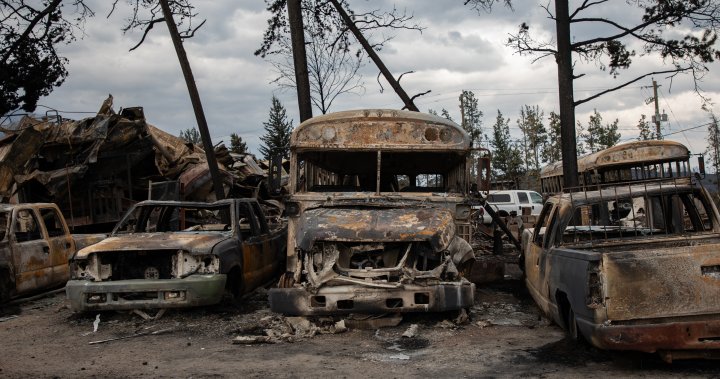The Curator independently decides what topics and products we feature. When you purchase an item through our links, we may earn a commission. Promotions and products are subject to availability and retailer terms.
Canadian summers are brief and precious, making every sunny, hot day an invitation to enjoy the outdoors. However, rising temperatures also increase the risk of heat-related illnesses. When our bodies overheat, it can lead to extreme fatigue, dizziness, heavy sweating, headaches, nausea, and a rapid pulse—common symptoms of heat exhaustion. If left untreated, heat exhaustion can escalate to heat stroke, a life-threatening condition.

We spoke with Dr. Mark Leung, Team Physician for Canada Men’s Basketball and Director of the Enhanced Skills Program in Sport & Exercise Medicine at the University of Toronto, about how to prevent and manage heat exhaustion and what to do if heat stroke symptoms appear.
Dr. Leung emphasized three key strategies for preventing heat-related illness: staying cool, staying hydrated, and staying informed.
First, it’s important to understand your medical history and how it may increase your risk of heat exhaustion. If you have an illness or chronic condition that predisposes you to heat stroke or take medications that affect your body’s ability to stay cool, consult your primary care provider to ensure optimal safety measures are in place.
The best way to prevent heat exhaustion is to stay in an air-conditioned environment. According to the 2024 NYC Heat-Related Mortality Report, most heat stress-related deaths occur in un-airconditioned homes. If you don’t have AC during a heat wave, seek out air-conditioned public spaces like libraries or malls. If access to a public cooling center is limited or unavailable, use a cooling scarf or misting spray bottle—spraying cold water on your forehead, face, armpits, and forearms—to help reduce your body temperature throughout the day. Keep windows open to allow indoor heat to dissipate, sit in shaded areas, and avoid going outside if possible. Dr. Leung advises against relying on electric fans when it’s very hot and humid, as they don’t cool the air sufficiently to lower the body’s internal temperature.
If you must be outside, avoid direct sun and take frequent breaks in the shade or a cool area. According to the Canadian Centre for Occupational Health and Safety, once the temperature hits 35°C, individuals should take 15-minute breaks for every hour of outdoor work. “If it gets beyond 37 degrees, try 30 minutes of rest for every 30 minutes of work, and resting out of the heat with hydration,” Leung says.
Dr. Leung also recommends being mindful of the type of clothing you wear if you have to be outside. For those traveling between air-conditioned environments, materials like unbleached cotton, which contain natural lignans that act as UV absorbers, and fabrics that can repel sunlight, are helpful. Be sure to wear sunscreen or invest in UV-protective clothing with a rating above UPF 30 for good sun protection, or above UPF 50 for excellent protection. “We know that sunburned skin tends to hold on to hydration poorly, so preventing sunburn is actually a very important way to make sure you don’t progress into heat exhaustion and heat stroke,” says Leung.
Sweat-wicking clothing can help cool the body, but the stretchy fabric may allow sun to penetrate, so sunblock should be used. Tight-fitting clothing may irritate the skin when worn for long periods, making more frequent clothing changes necessary.
Aim to drink water regularly throughout the day, especially if you’re sweating a lot. The easiest way to measure hydration would be to monitor the colour and frequency of your urine. “We would recommend urine be lightish yellow–close to [the colour of] 7UP or Sprite” and that urination be 5 to 8 times a day, says Leung. “If you’re not urinating like that, then you should immediately try to at least get some hydration in you.”
Incorporating electrolyte-rich drinks that have a solution of both electrolytes and carbs, can be helpful for quicker rehydration, especially if you’re exerting yourself for more than 45 minutes.
It’s critical to stay informed to prevent heat-related illness. Be sure to keep updated on heat advisories and plan your activities accordingly. Familiarize yourself with the signs of heat exhaustion and heat stroke so you can quickly remedy and seek help or help others when symptoms arise. Leung recommends having a buddy; a person who can be accountable to keep track of symptoms during extreme heat conditions. For example, if you start to become dizzy, your buddy can watch you and get help.
If a person becomes confused, disoriented, has seizures, or loses consciousness, these are signs of heat stroke and immediate medical attention is required. At any sign of dizziness, headaches or an altered level of consciousness, Leung advises to call 911 as it can be difficult to distinguish between heat exhaustion and heat stroke by the symptoms alone. While waiting for help, cool the person down with cold water immersion immediately, like in a bathtub of cold water. “If you can do that within half an hour of the symptoms starting and bring them down a little bit while you’re waiting for help, that can be lifesaving,” he says.
Heat-related illnesses can not only be dangerous to long-term health but even fatal, if not managed properly. Taking these precautions of staying cool, staying hydrated, and staying informed are thus crucial during hot summer days for yourself and your loved ones.
Our favourite heat-managing products
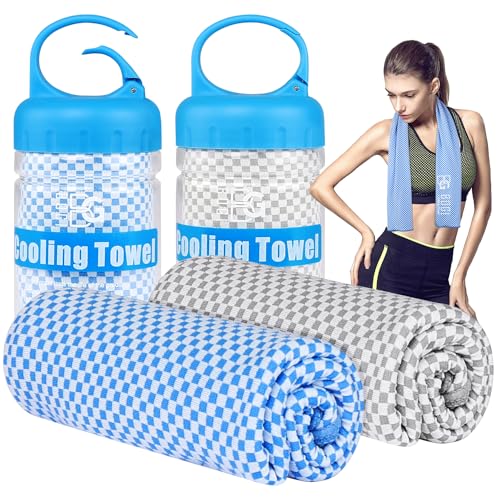
Made with 100 per cent bamboo fiber, this cooling towel can stay chilled for up to three hours to help the body maintain optimal temperature. It’s lightweight enough to wear around the neck or used as a headscarf.

We love that this spray bottle allows for 360-degree spraying, making it easier to reach difficult areas like the back of the neck and shoulders. It dispenses a stream of sustained mist for better saturation and features an ergonomic design for an easy grip, reducing hand fatigue.
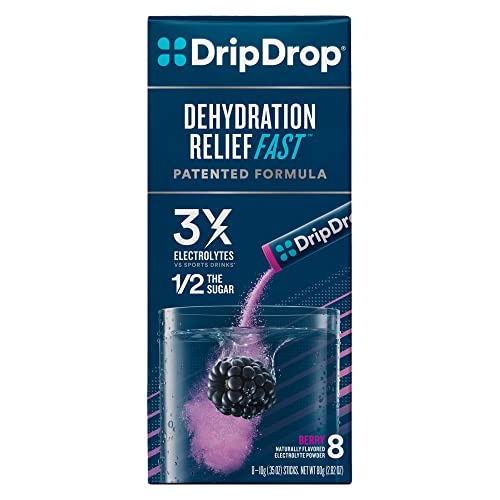
DripDrop is an oral rehydration solution trusted by athletes, firefighters, and the military. It provides a highly effective and convenient way to replenish lost fluids and essential electrolytes, making it ideal for recovery from heat exposure and intense workouts.
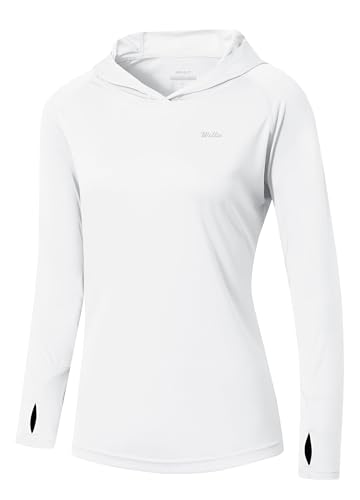
Willit Sports offers a range of UPF clothing, from tanks to pants, in various styles and colours. Whether you’re planning a quick hangout on the dock or a hike, these UPF garments will help keep UV radiation at bay.
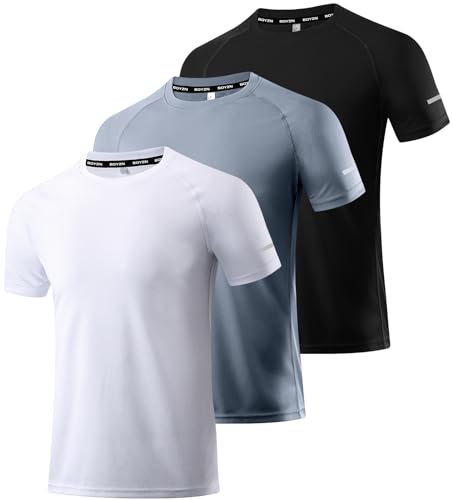
These sports t-shirts actively wick moisture away from the skin and also features UPF50+ protection. Stretchable and breathable, it’s both lightweight and comfortable.
© 2024 Global News, a division of Corus Entertainment Inc.



